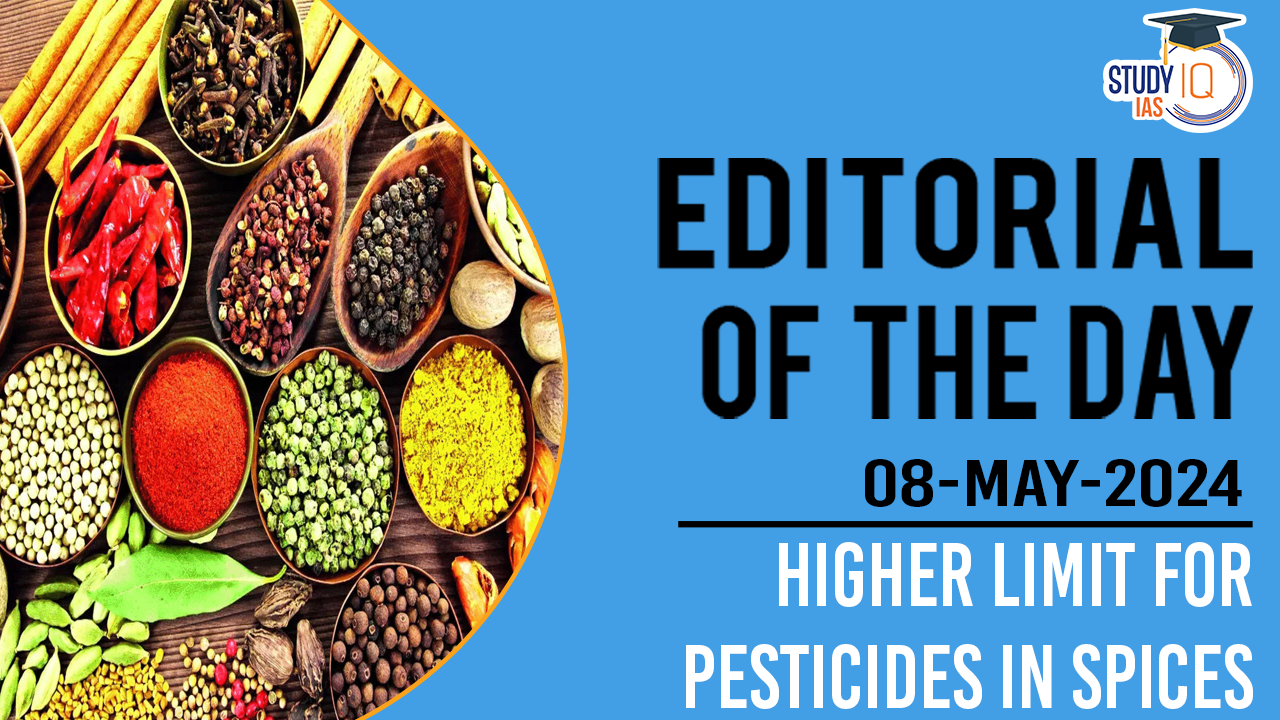Table of Contents
Background on Spice Mix Contamination
- Several countries, including Singapore, Hong Kong, and the U.S., are investigating top Indian spice brands MDH and Everest for potential contamination.
- The investigations are focused on the presence of ethylene oxide (EtO), a toxic chemical, exceeding permissible limits in spice mixes.
- The Spices Board of India has begun mandatory testing for exports and is collaborating with exporters to determine the cause of contamination.
- The contamination issue has prompted calls for the Food Safety and Standards Authority of India (FSSAI) to enforce stricter quality checks on domestic sales of spices and curry powders.
Health Concerns Linked to Ethylene Oxide (ETO)
- Excessive use of ETO can leave toxic residues, potentially leading to the formation of carcinogenic compounds such as ethylene glycol.
- Ethylene glycol was an ingredient in cough syrups linked to over 300 child fatalities across various countries.
- Long-term exposure to ethylene oxide has been associated with increased risks of cancers like lymphoma and leukaemia.
FSSAI’s Regulatory Response
Adjustment of Pesticide Residue Limits
- FSSAI has raised the default limit for pesticide residues in spices to 0.1 mg/kg from the previous 0.01 mg/kg for cases where specific maximum residue limits are not established.
- The default limit for other food products remains at 0.01 mg/kg.
| Fact |
|
Impact and Reasons for Increased Limits
Health Impact
- According to a scientist on the recommending panel, the new residue limits are still at trace levels that are not likely to harm human health.
Reasons for Adjustment
- Phenolic compounds in spices can complicate maintaining lower pesticide limits.
- Imported spices may contain pesticides that are approved abroad but not in India.
- Pesticide seepage from other approved crops could affect spices.
Concerns and Actions
Public and Expert Concerns
- Activists are worried that higher limits could increase pesticide exposure in the population.
- FSSAI experts explain that the raised limits are to enhance detection capabilities, and actions will be taken against excessive pesticide use.
Global Standards
- The Indian government asserts that the pesticide limits set by India are among the lowest globally.


 Somaliland Explained: Location, History,...
Somaliland Explained: Location, History,...
 Signals from the Indian Economy: What Ke...
Signals from the Indian Economy: What Ke...
 Reforms Needed in India’s Political Fu...
Reforms Needed in India’s Political Fu...

























